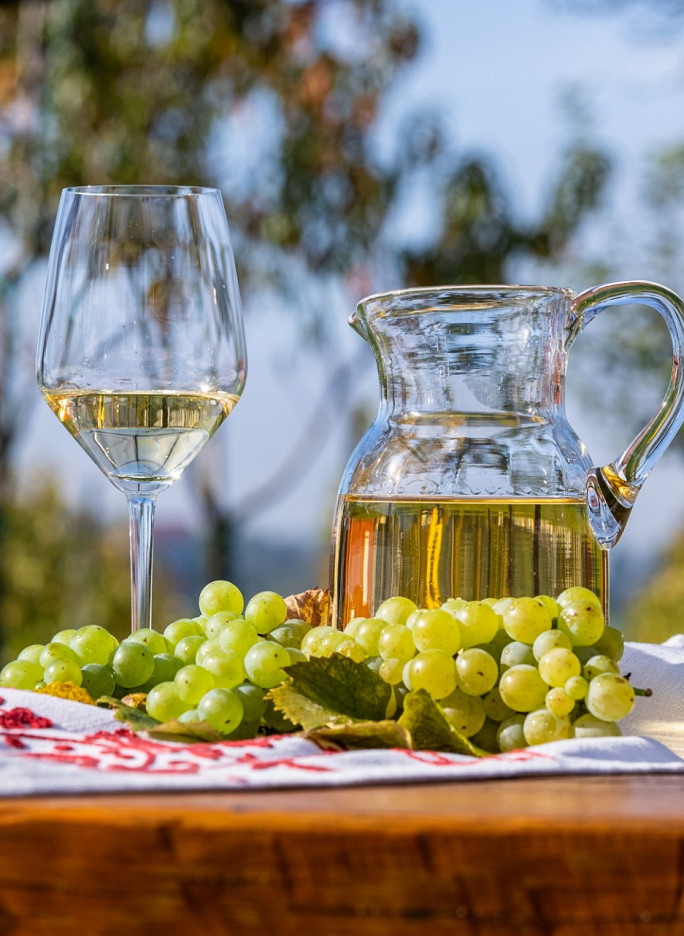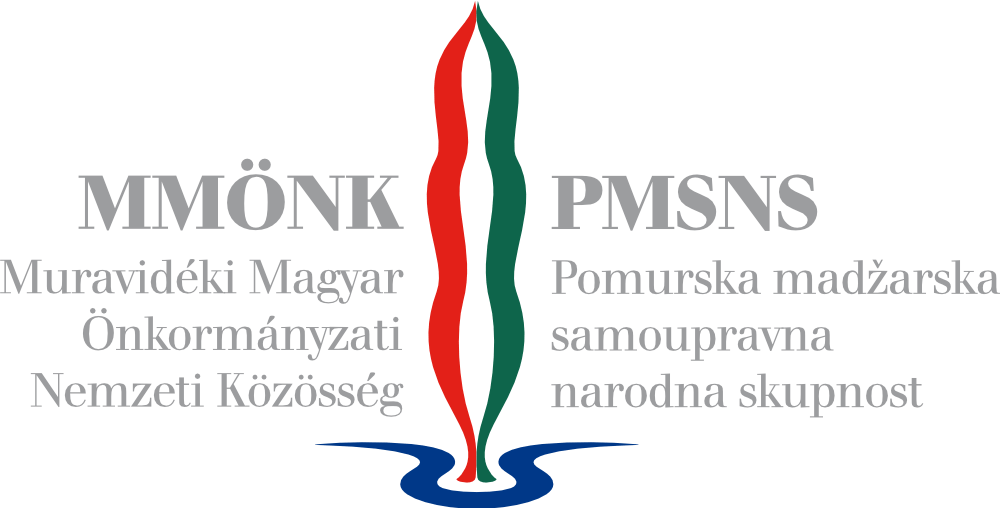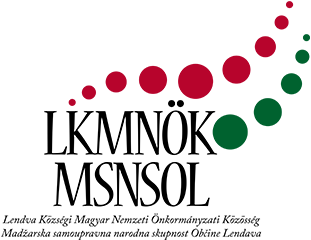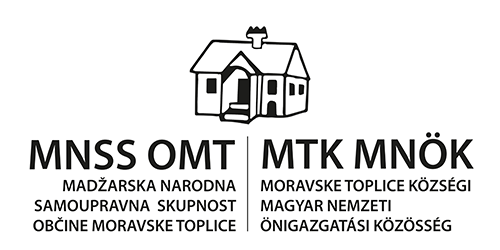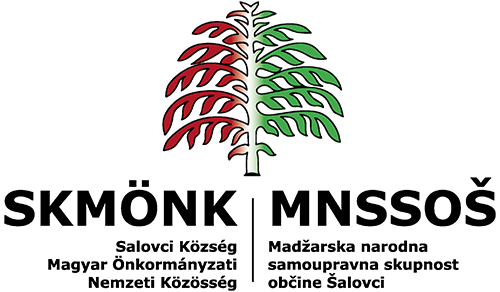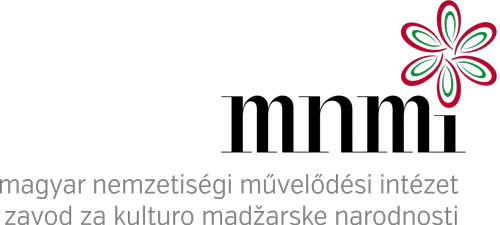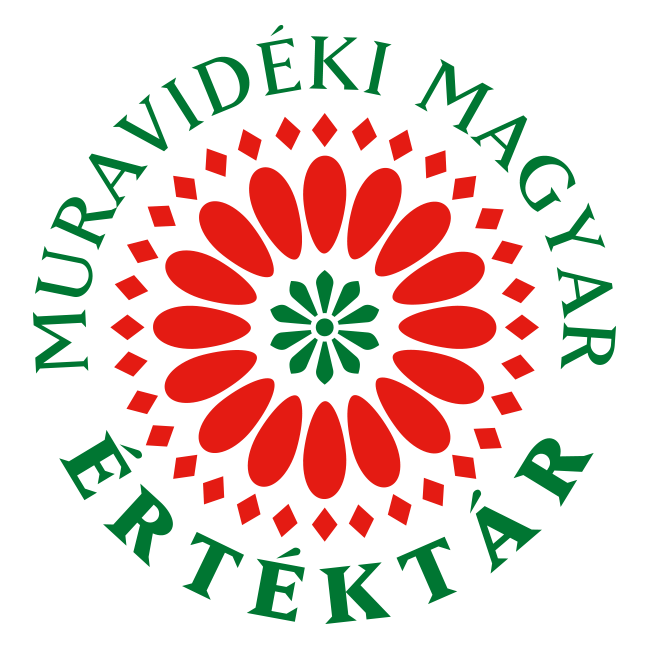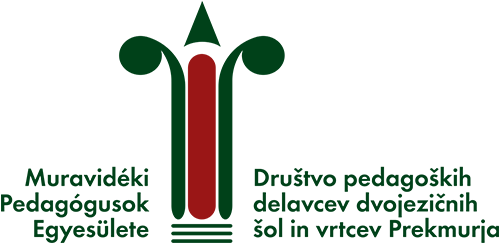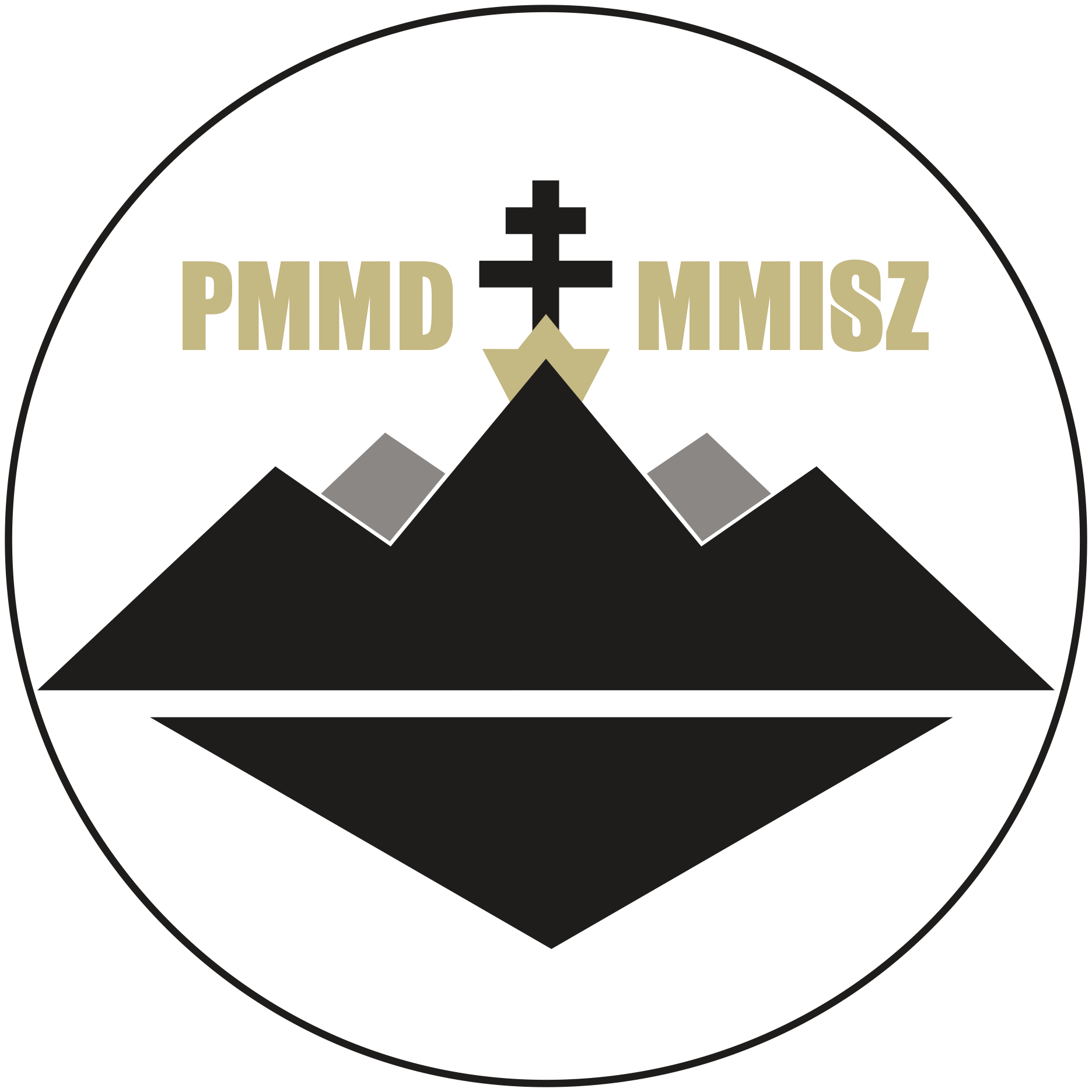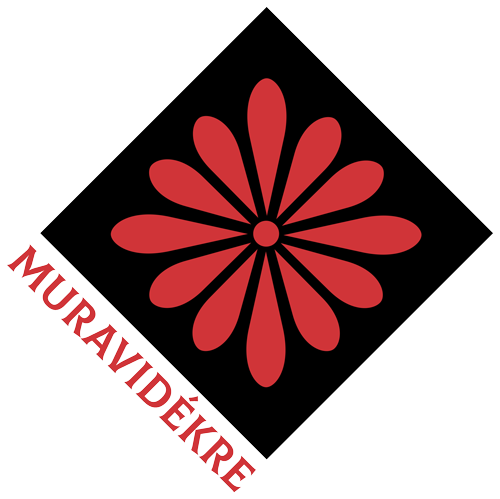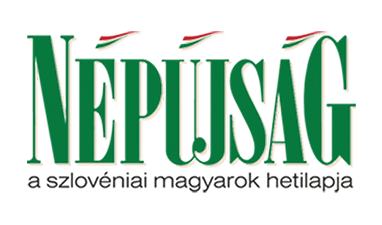 Beliefs and Customs on Saint George's Day
Beliefs and Customs on Saint George's Day
Easter and the Easter Holidays

The forty days of Lent, honouring Jesus' 40-day fasting and suffering, is the time of preparation for Easter and lasts from Ash Wednesday to Easter Sunday, the penultimate week of which is called ´virághét´ (literally translated, it means ‘Flower Week’)’ and ends with Palm Sunday. Interestingly, in the Mura region, on Fat Thursday, the day after Ash Wednesday, leftover carnival food could still be eaten. During Lent, weddings, balls and other music-filled, rowdy parties were prohibited. During Lent, Catholic believers did not eat meat or fatty foods. At this time, a sour soup made from fermented bran or dried fruit, the so-called ‘cibereleves’, was served, as well as bread, fish or dried vegetable dishes.
The Sunday before Easter, Palm Sunday, is the celebration of Jesus' entry into Jerusalem. It is true that the blessing of pussy willow rather than palms is a folk custom of ecclesiastical origin, but blessed pussy willow was also used against curses, for healing, and to ward off thunder or lightning – the pussy willow or catkin was placed under the eaves, thus protecting the house.
The most significant days of Holy Week are Maundy Thursday, Good Friday and Holy Saturday. On Maundy Thursday, the bells stop ringing and only ring again on Holy Saturday. According to tradition, the bells go to Rome on this day. Maundy Thursday was also called Green Thursday, when young nettles were cooked in the hope of a good harvest. The next day, Good Friday, a strict fast was observed everywhere, no fires were lit and no bread was baked. On this day, water played an important cleansing and disease-fighting role. When Holy Saturday arrived, the house was swept around before the first bell rang, thus driving away witches. The ashes generated on this day were taken to the orchard, to protect the harvest.
Easter Sunday is the most important holiday of Christianity, the day commemorating the resurrection of Christ. Like other significant holidays, this day was also associated with a ban on work. The Easter ham, traditional braided white bread called kalács (in English known as kolach), eggs and wine were taken to church to be blessed. The blessed food left on the table from Holy Saturday was served after Sunday mass. Usually, the master of the house gave everyone a portion from the contents of the basket. The remains of the blessed food were used for magical purposes: the shell of the blessed egg was scattered around the house to protect it from lightning; girls bathed in water poured over the peeled skin of a red apple to make their faces look a beautiful red; children's mouths were smeared with blessed horseradish so that snakes would not crawl into their mouths in the summer.
One of the typical customs of Easter Monday was sprinkling. The boys sprinkled the girls with water and cologne, while reciting sprinkling poems. Their reward was a decorated Easter egg. The rich folk tradition of the bilingual area of Prekmurje is revealed, among other things, by its unique Easter eggs, drawn on with beeswax that is applied with a special pen, and painted in red and black. The painted eggs were rubbed with a greasy cloth and bacon rind to give them a final shiny touch.
Sources:
Halász Albert 1999: Jeles napok, népi ünnepek a Muravidéken. Lendva: Studio Artis Kiadó – Magyar Nemzetiségi Művelődési Intézet.
Tátrai Zsuzsanna – Karácsony Molnár Erika 1997: Jeles napok, ünnepi szokások. Budapest: Planétás Kiadó.



